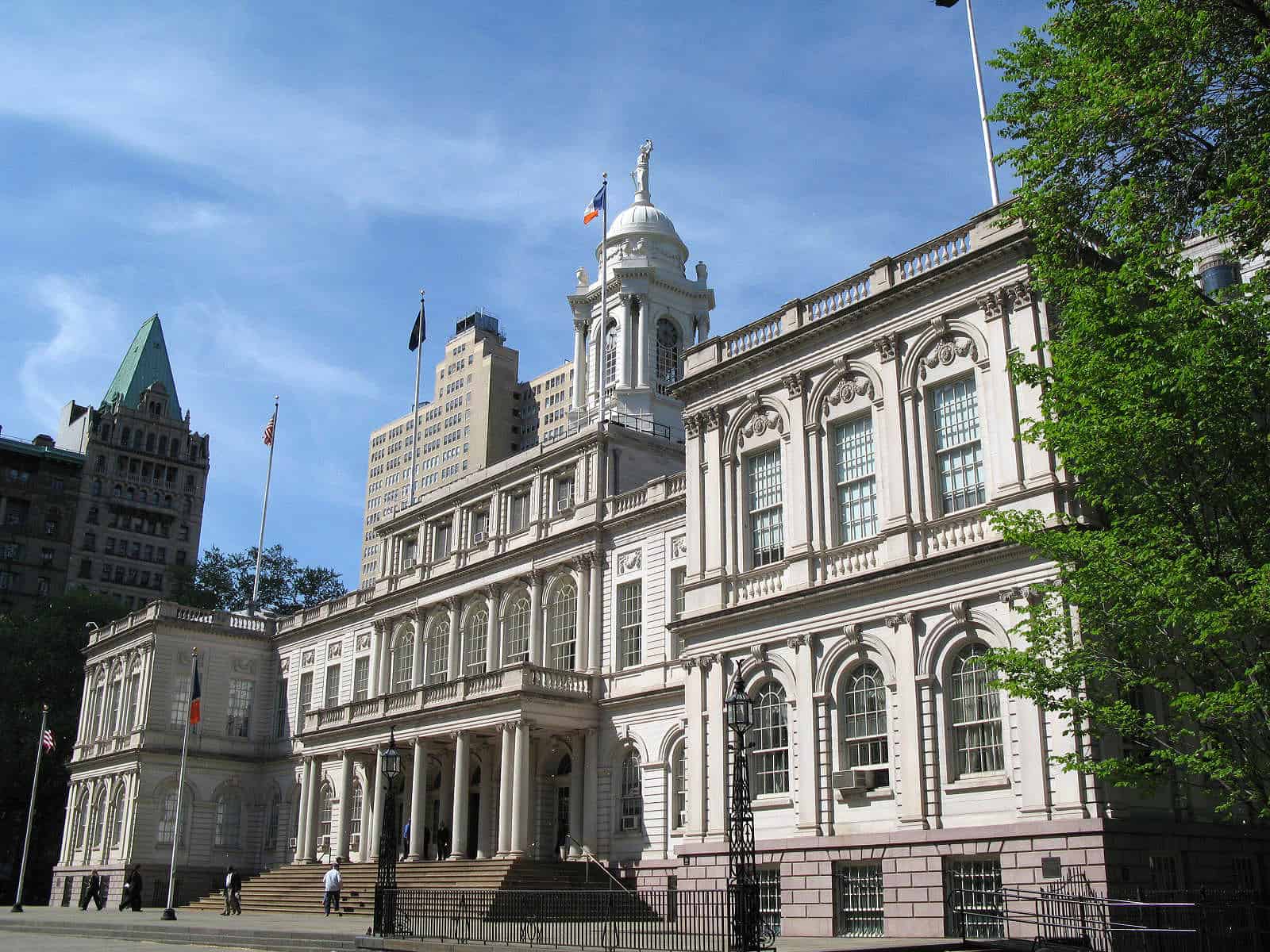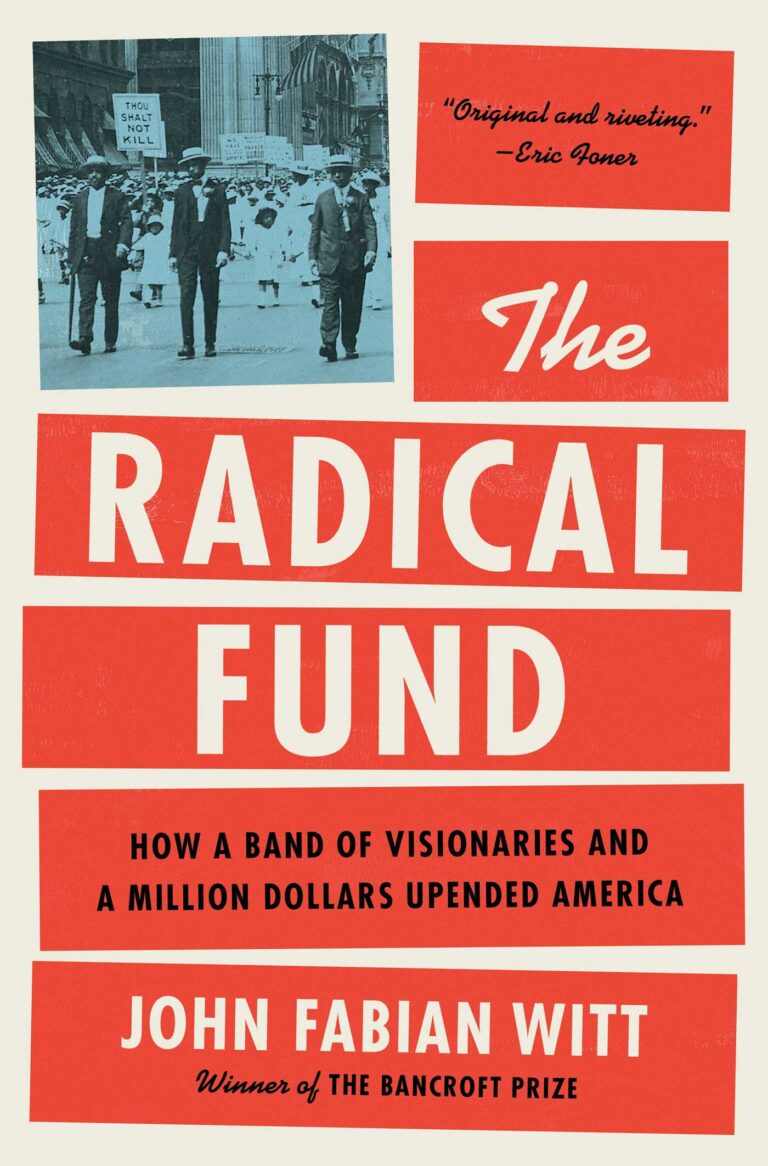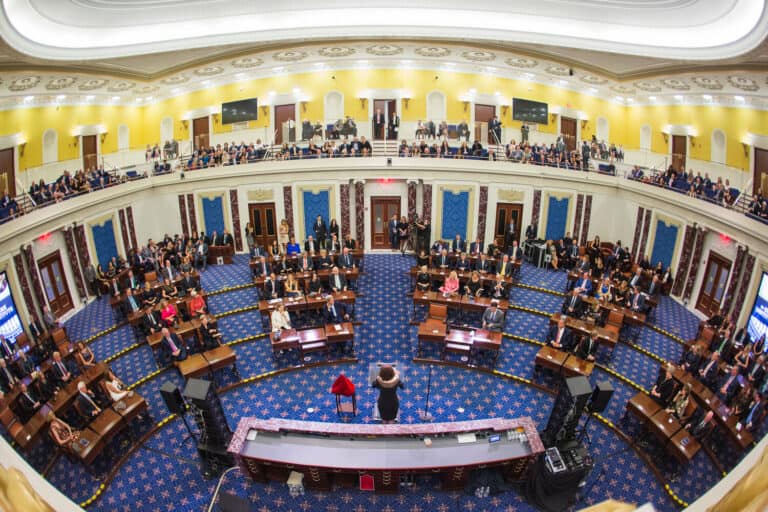Michael Migiel-Schwartz is a student at Harvard Law School and a member of the Labor and Employment Lab.
In December New York City passed a law granting its 67,000 fast food workers “just cause” protections. The law, taking effect in July, mandates that the city’s fast food workers can no longer be fired “at will.” That New York’s fast food workers will enjoy greater job protections is indeed a victory. But the law may signal much more: nationwide efforts to duplicate and expand this law can mark the beginning of the end of at-will employment in the United States.
The background rule in all states but Montana is at-will employment: employers may fire workers for good reasons (like harassing co-workers), bad reasons (like wearing the wrong tie), or no reason at all, provided that the employer’s justification is not otherwise barred by law. Even if a worker believes they have been fired for an illegal reason—say because of their race—the worker has the burden of providing the evidence and proving discriminatory intent.
In contrast, just cause means a worker can only be fired for a legitimate reason. Though often misunderstood, legitimate reasons include that an employee’s performance is lacking, or that the business is struggling. But if a worker challenges their termination the employer must provide evidence of such a reason. By putting the onus on the employer, just cause prevents employers from using at will’s flexibility to justify a firing that in fact was rooted in discrimination or the worker demanding a raise. Rather than requiring workers to show that discrimination or anti-union animus occurred, just cause requires that employers demonstrate that the firing was legitimate. This properly shifts the burden of proof to the party better equipped to provide evidence. Just cause thus provides more than job security: it prevents employers from circumventing discrimination laws and protects worker organizing.
Despite prior reform efforts, the U.S. remains one of the few industrialized democracies with at-will employment. But as with minimum wage, fair workweek, and paid sick laws, some unions are considering taking this fight local. The New York law followed a 2019 Philadelphia ordinance granting just cause protections to roughly 1,000 parking lot workers. Local 32BJ of the Service Employees International Union played a key role in securing both pieces of legislation. Reportedly, groups are eyeing Seattle, Illinois and California as places to campaign next. Employers are equally aware that the New York ordinance could be only the beginning.
Some may question whether unions should expend efforts extending just cause to non-union workers when such protections are one of the principal benefits of a union contract. That thinking is problematic. There are three reasons that unions should spearhead this movement, devoting resources, organizing, and political capital to expanding these laws beyond New York City and beyond the fast food industry.
First, unions have already shown they can take what was once a fringe policy and force its acceptance through local experimentation. When the Fight for $15 launched in November 2012, many were dismissive. But by mid 2015 striking fast food workers had garnered enough support and placed sufficient pressure on politicians to force Governor Andrew Cuomo to convene a “wage board,” ultimately putting New York’s fast food workers on a track for a $15 minimum wage. In April 2016, just three and half years after the campaign launched, California and New York State put their minimum wages on schedule to reach $15.
Smaller states and cities followed suit, and today the Fight for $15 has won $68 billion in raises for more than 22 million workers. Regardless of whether Democrats find a way to pass a national $15 minimum wage through reconciliation, it is undeniable that the proposal went from ludicrous in 2012 to nearing national reality in 2021. Targeted organizing and local experimentation could do the same for just cause.
That is because, second, much like the Fight for $15, this is a fight that can quickly garner public support. The $15 minimum wage spread so quickly because of the courageous and captivating strike actions of fast food workers—forcing policymakers to grapple with the experiences of low-wage workers who they often ignore. But while humans make history, they do not do so under conditions they themselves have chosen. It was important that workers’ stories spoke to an economic reality: the real value of the federal minimum wage has been eroded by decades of inaction, leaving many working for poverty wages. Put differently, the Fight for $15 was positioned for success because after years of decline wage decline and skyrocketing inequality, corporations were hard-pressed to explain why workers did not deserve a raise.
Similarly, public support for just cause is high. Polling shows large support for enacting the policy. That is not surprising since polling also shows workers tend to mistakenly believe that we already have just cause. And now—following a year of historic job loss—is a uniquely favorable time to organize around job protections. As a result, this is a fight that unions should want to pick. Just as corporations struggled to explain why they should be able to pay poverty wages, we should want corporations to have to articulate why they should be able to fire workers for any reason at all, even bad reasons.
Finally, just-cause employment legislation will have spillover benefits for worker organizing, including union organizing. Rather than taking away an incentive for workers to unionize as some have feared, workers under a just cause standard will have less to fear over asking for a wage increase, communicating safety complaints, or organizing a union. In other words, local just cause legislation is a non-reformist reform that modifies power relations and thus facilitates, rather than thwarts, transformational change. Indeed, efforts to enact just cause will force employers to speak openly regarding how much dominion they want to wield over employees. That itself gives workers reason to question the unequal bargaining power endemic to the workplace and to continue organizing after just cause legislation is passed.
Local legislative successes will not come easy. Conservative state legislatures will likely pass preemption laws preventing cities from enacting just cause legislation, just as they have for local pay, scheduling, and paid leave laws. And employers may bring legal challenges, which even if meritless could delay implementation of some laws.
More important, the organizing challenge is undoubtedly greater than with the Fight for $15. For one, the call for a $15 minimum wage was, though controversial, easy to understand and its benefits to workers were intuitive. Comparatively, part of unions’ challenge will be educating the public on the meaning and importance of just cause. And two, while corporations fought vigorously against the $15 minimum wage, just cause is even more threatening: it goes to the heart of employers’ power over workers and their ability to quell worker dissent and organizing. It is harder to imagine Amazon announcing its own just cause policy the way it announced an internal $15 minimum wage. There is too much power on the line.
But this challenge speaks only to why unions must be ambitious and embrace the fight for just cause. If unions give this issue sufficient time and resources we can go well beyond a raise: we can transform the nature of employment in this country.






Daily News & Commentary
Start your day with our roundup of the latest labor developments. See all
November 7
A challenge to a federal PLA requirement; a delayed hearing on collective bargaining; and the IRS announces relief from "no tax on tips" reporting requirements.
November 6
Starbucks workers authorize a strike; Sixth Circuit rejects Thryv remedies; OPEIU tries to intervene to defend the NLRB.
November 5
Denver Labor helps workers recover over $2.3 million in unpaid wages; the Eighth Circuit denies a request for an en ban hearing on Minnesota’s ban on captive audience meetings; and many top labor unions break from AFGE’s support for a Republican-backed government funding bill.
November 4
Second Circuit declines to revive musician’s defamation claims against former student; Trump administration adds new eligibility requirements for employers under the Public Service Loan Forgiveness program; major labor unions break with the AFGE's stance on the government shutdown.
November 3
Fifth Circuit rejects Thryv remedies, Third Circuit considers applying Ames to NJ statute, and some circuits relax McDonnell Douglas framework.
November 2
In today’s news and commentary, states tackle “stay-or-pay” contracts, a new preliminary injunction bars additional shutdown layoffs, and two federal judges order the Trump administration to fund SNAP. Earlier this year, NLRB acting general counsel William Cowen rescinded a 2024 NLRB memo targeting “stay-or-pay” contracts. Former General Counsel Jennifer Abruzzo had declared that these kinds […]